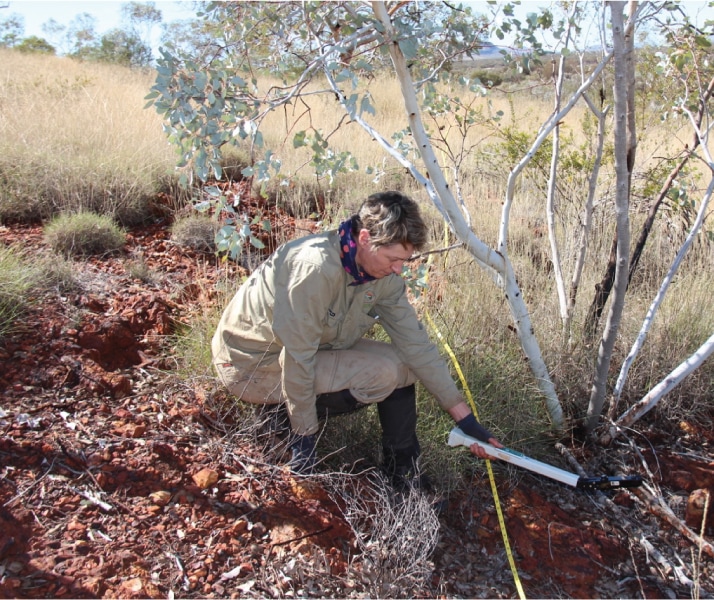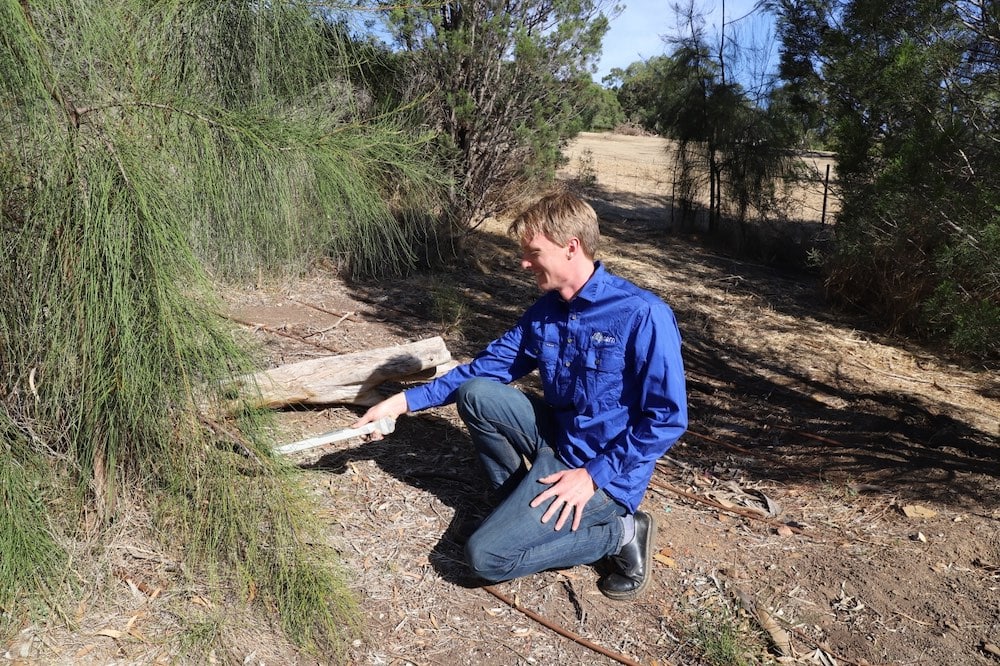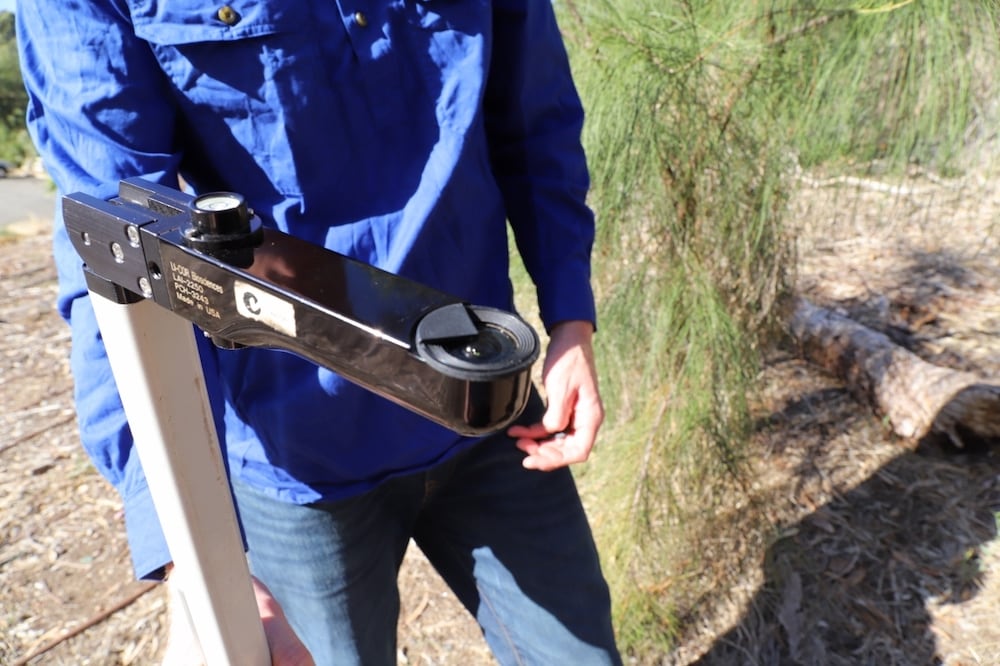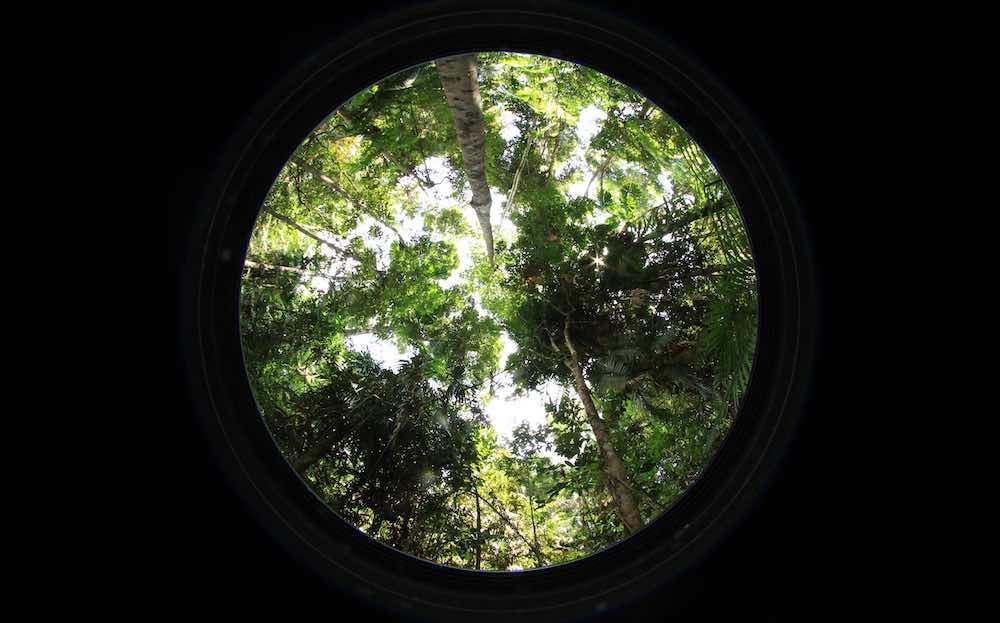To ensure that TERN delivers in-demand data and that our NCRIS grant is spent in the most efficient way possible, we’re consulting with our users to guide LAI data collection by TERN.
Leaf Area Index (LAI) is a measure of the amount of foliage in an ecosystem’s canopy. It is commonly used to characterise vegetation cover (biomass), photosynthetic activity (net primary production) and water and nutrient use.
Since 2011 TERN has been collecting LAI data at its ecosystem monitoring sites Australia-wide. LAI environmental monitoring data are collected at TERN plots using a hand-held meter that records light transmission through canopies, and at TERN Ecosystem Processes SuperSites using site-specific methods including hemispherical photography.

The data collected enable broader, landscape-scale remote-sensed LAI data to be calibrated and validated, creating accurate maps of this parameter for the whole continent. These satellite-derived data are then used in models to predict changes in primary productivity, plant growth and the absorption of carbon dioxide by vegetation.
Measuring LAI on-ground is labour intensive and, with over 750 TERN monitoring sites nation-wide, costly.
To ensure that TERN continues to deliver the data that our users want and that our NCRIS grant is spent in the most efficient way possible, we’re consulting you, our stakeholders, to determine whether or not LAI data should continue to be collected at TERN sites.
Do you use LAI data? Do you want LAI data? If so, what type? And, how will you use it?
Please complete the short (5min) poll below as your feedback will help us evaluate our future data collection plans.









